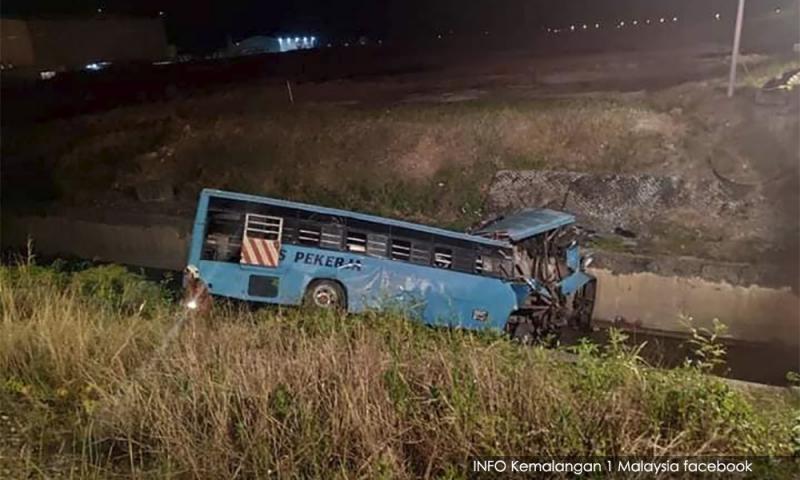Speed up e-hailing for tour buses plan
LETTER | On Monday, Transport Minister Anthony Loke said his ministry supports the aim of the Malaysian Association of Tour and Travel Agents (Matta) to optimise usage of tour buses by enabling them to be hired via e-hailing.
Loke said the government views this as constructive from the industry and was ready to assist in various aspects such as amending regulations, but the application must be developed by industry players or the private sector.
In July, Matta had inked a memorandum of understanding with four e-hailing operators but did not receive the greenlight from the Land Public Transport Agency, as it needed time for a careful study.
The recent announcement by the minister came like a breath of fresh air. Nevertheless, several obstacles must be overcome, and doubts cleared for the service to be rolled out in time for the start of Visit Malaysia Year 2020.
The process can be speeded up by organising a forum to allow various stakeholders to present their views and learn from each other. Apart from gathering valuable information needed for a smooth implementation, assurance can also be given to those concerned with various issues.
Firstly, if the existing Land Public Transport Act 2010 and Commercial Vehicles Licensing Board Act 1987 regulating e-hailing services allow for the minister to include buses under delegated legislation, then there is no need to wait for a parliament sitting to amend the Act.
The good news is issuing or amending regulations are under the purview of the minister. With Loke announcing his ministry’s support on optimising the use of tour buses, it is a fait accompli.
However, buses are licenced under various categories and nearly all are not suitable for e-hailing. For example, stage buses cannot deviate from fixed routes and frequencies, and neither can express buses.
School buses are meant for students that are mostly children and could be disastrous if the driver is late for pick up. Workers’ buses (formerly factory buses) are mostly old buses in poor condition and usually driven by owner-operator.
In October 2017, two factory buses in Penang were reduced to wrecks after they collided with each other, killing eight people and injuring 42. This April, 12 people were killed when a factory bus plunged into a drain near the MASKargo area in Sepang (photo).
If these buses are permitted to pick up passengers through e-hailing, our roads will be flooded by these vehicles, and these drivers can operate them menacingly like oversized taxis.
Equally dangerous are charter buses as they are just as old, poorly maintained and mostly operated by individuals. Charter buses should be phased out as newer, safer and better-maintained tour buses are available for charter.
The two primary aims of allowing buses for e-hailing are to reduce dead mileage when running empty and to lessen the number of vehicles and pollution on the road. When e-hailing was first introduced to many cities around the globe, there was an increase in the number of cars on the road instead of an expected decrease.
Hence, e-hailing for buses should only be for vehicles licenced under Bas Persiaran. A large number of tour buses and vans can always be seen running empty one way to and from the airport, wasting time and resources instead of using technology to generate revenue.
Only companies licenced by the Ministry of Tourism, Arts and Culture may apply for Bas Persiaran permits to operate tour buses or vans, and tour vehicle operators ensure their drivers possess competent driving licence (CDL) for the class of vehicle and public service vehicle (PSV) licence so that they are insured against legal liability to passengers.
Like taxis, tour bus and van drivers are authorised to ferry unnamed passengers in their vehicles, provided their CDL and PSV licences are valid, and they are not driving under the influence of drugs or alcohol.
Other than bus stations, e-hailing passengers may wait anywhere to be picked up by a tour bus or van. Once the last few pieces of jigsaw puzzles are put in place by e-hailing operators, it is all systems go.
The views expressed here are those of the author/contributor and do not necessarily represent the views of Malaysiakini.
RM12.50 / month
- Unlimited access to award-winning journalism
- Comment and share your opinions on all our articles
- Gift interesting stories to your friends
- Tax deductable
